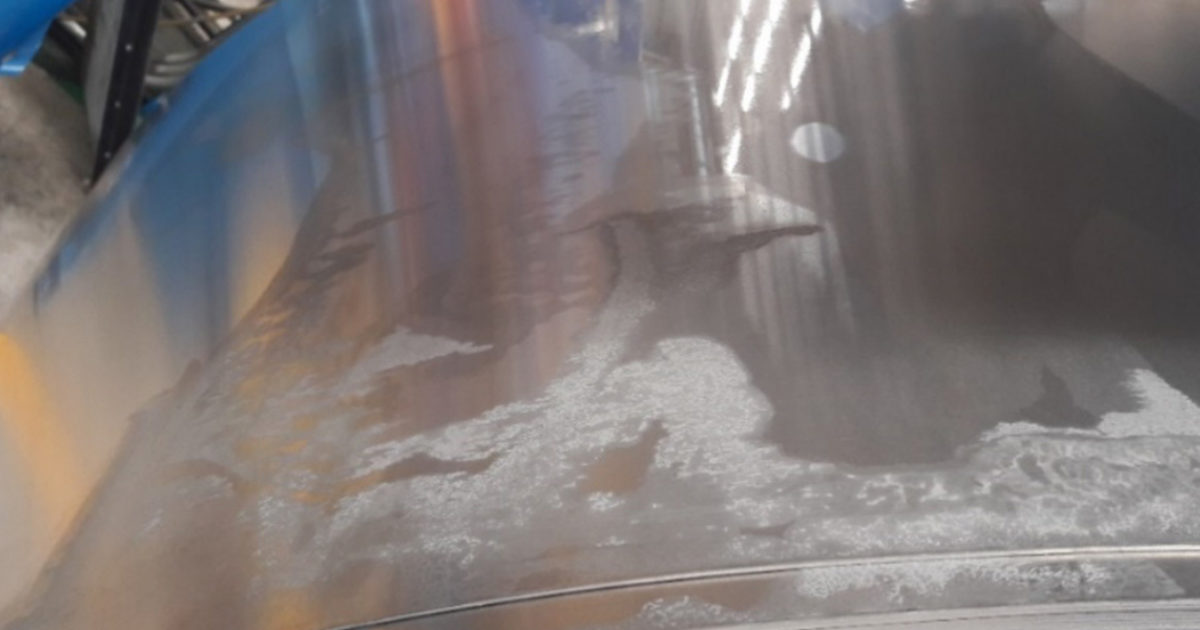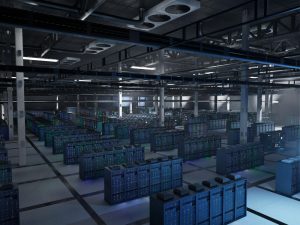Dehumidifier for kitchen protection
One area most prone to moisture fungus is the kitchen, and these microorganisms are capable of seriously affecting the metal and wood components in this area. The external and internal climatic factors are what most damage the interiors of the home, and not having sufficient hygiene and care, because deplorable conditions will simply be reflected, giving a bad image in the way of life of any family.
The humidity factor is perhaps the most relevant because fungus, mold, and dirt, in general, are derived from it, since it does not control atmospheric saturation. In this sense, the inclusion of dehumidifiers and other healthy air conditioning mechanisms will always be a good idea in all aspects.
In addition, health is also involved. When excess moisture is present, the presence of microorganisms will affect anyone, even pets. So, it is not only a matter of material matters but of health and the quality of human life. Mold is very harmful on steel surfaces and metal kitchen objects, such as hoods and stoves. Cleaning is essential, but, likewise, balancing thermal and humidity conditions will also be essential.
Metallic corrosion is the most important thing to consider in this matter, which, by the way, is considered a normal process of nature, however, corrosion can be greatly accelerated by damaging factors, high humidity being the most relevant. In that aspect. The inclusion of desiccant systems will always be essential for personal and material care in our homes and workplaces.
Microbiological corrosion is the alteration in metals due to the presence of microorganisms, fungi, and bacteria being the most representative. This most commonly happens in very humid places, such as bathrooms and kitchens. In this sense, the control of atmospheric saturation is extremely necessary, and dehumidifying mechanisms can be a very good solution to prevent the proliferation of microorganisms in the air and on surfaces.
In addition, there is another type of corrosion, which occurs by surface aeration, and flat surfaces and objects are the most affected; this goes through the same situation, due to a dirty and humid environment. This mix invariably causes an environment highly charged with electro-negativity. In this sense, both kitchens, bathrooms, and living rooms have to have a humid-thermal balance, and for this, including hygrometers -humidity meters- in the different rooms of a home, will help to maintain a better balance of these factors, making full use of dehumidifying systems.
Steps for cleaning stainless steel in kitchens
– First, routine cleaning is essential in all aspects, where discipline is the axis on which everything moves. For this reason, it is necessary to thoroughly clean each surface and metal component in kitchens, and all areas of the home or workplace in general. To do this, it is best to use soft cloths with warm water, removing any trace of stain everywhere. If you don’t want to scratch the metal surface, then using microfibers will be a good idea, because they are ideal for absorbing moisture without damaging the steel.
– When deeper stains appear, then superficial cleaning will not be enough. Therefore, it is best to use hot water with detergent or any cleaning agent, to later use a soft cloth with the mixture. Then, another clean, damp cloth should be passed to remove any trace of soap or detergent.
– Remove traces of metal left by the skin. Our dermis has an acid mantle that helps protect us from many things, and precisely this acidity can systematically damage metal surfaces in the kitchen if they are not cleaned thoroughly.
In general, the kitchen and other areas with metallic components must be very well cared for, with freshness and cleanliness, provided by hygiene and the inclusion of healthy mechanisms in all aspects, such as desiccants and the like.




